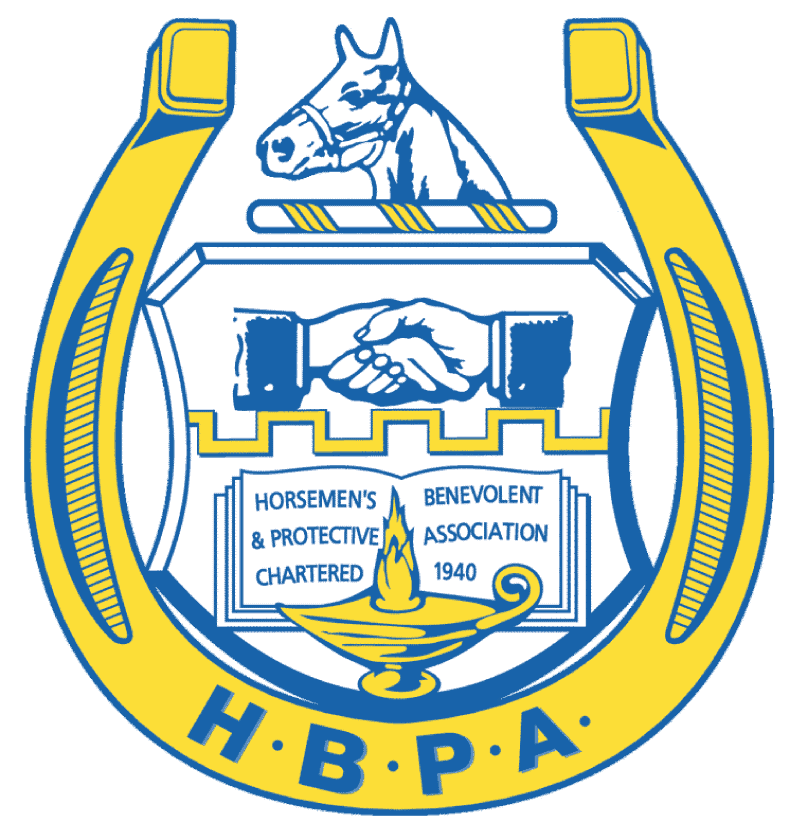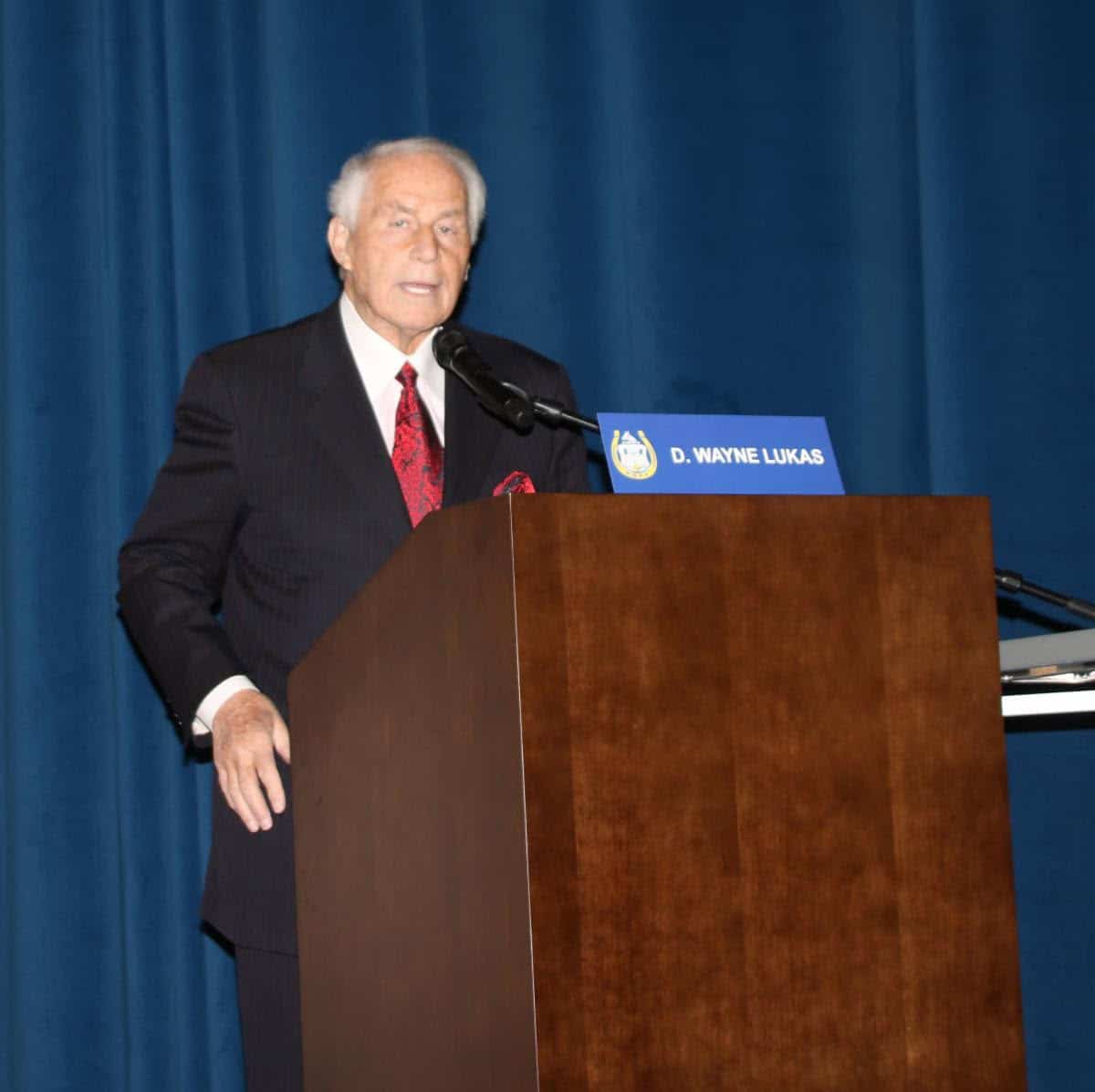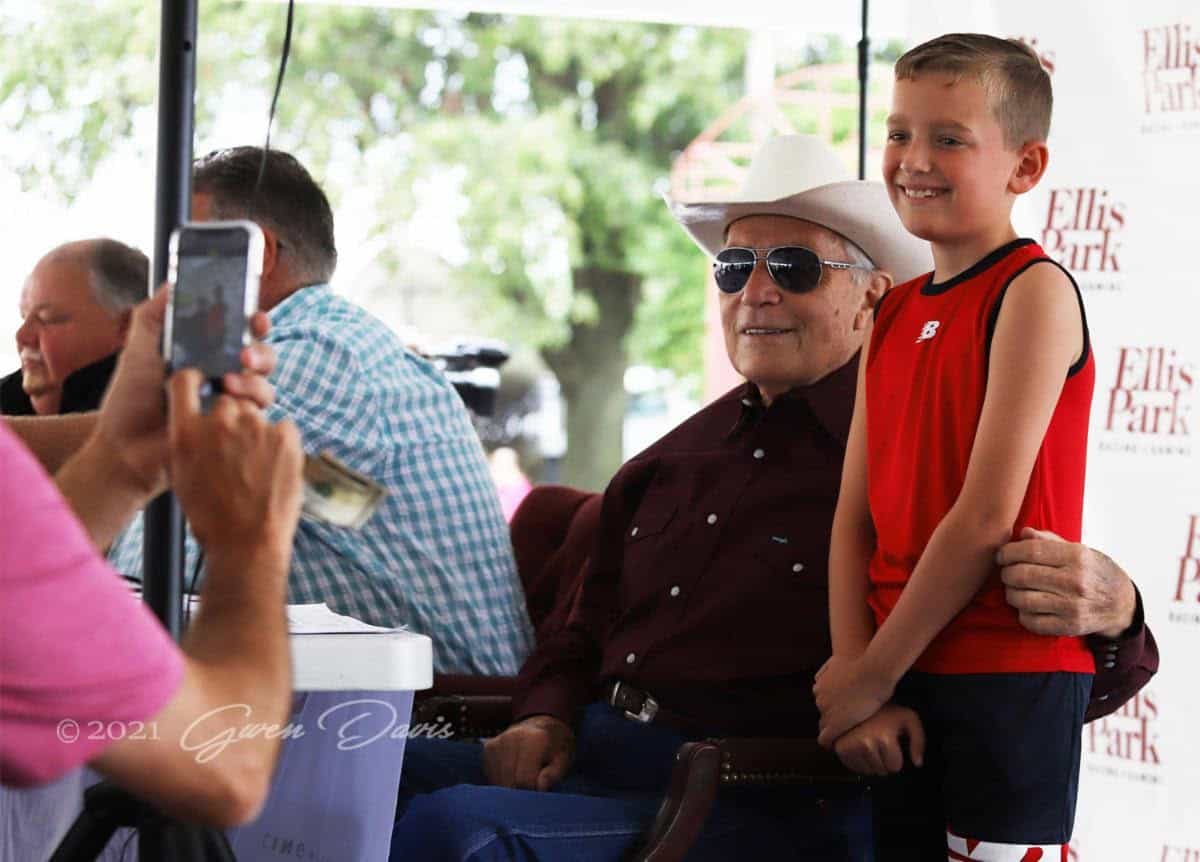Beyer: Horseplayers have chance to make tax relief a sure thing
Daily Racing Form
Horseplayers are accustomed to dealing with tough losses and cruel tricks of fate, knowing that they’re an inescapable part of the game. But most bettors cannot abide a rule that was issued by the Treasury Department in 1978 and has tormented them ever since.
Treasury mandated that bettors fill out a tax form before collecting “certain gambling winnings,” and that the Internal Revenue Service withhold tax from large winnings. Some results of the policy were unfair: The IRS confiscated money from many bettors who, at year’s end, didn’t owe any taxes. The rules that govern reporting and withholding have become absurdly outdated but have undergone little change in 37 years.
What hurts the customers hurts a business, and for many years, racing’s leaders have bemoaned the effects of tax withholding on their industry. Finally, the National Thoroughbred Racing Association has found a smart way to confront the issue. It is urging Treasury to change the calculation that determines what money is subject to withholding. The modification would be an infinitesimal item in the gigantic mass of U.S. tax regulations, but it would be a significant benefit to the sport.
In 1978, Treasury was trying to make sure that windfall gambling profits didn’t escape detection by the IRS. It chose to define a big win as one that returned more than $300 for each $1 wagered. Under today’s rules, a winner must complete IRS Form W-2G if he hits a 300-1 payoff and collects $600 or more. If the payoff is $5,000 or greater, the IRS withholds 25 percent. Thus, a player hitting a pick six worth $10,000 will collect only $7,500.
Treasury was principally targeting games like keno and bingo, not horse racing. Payoffs at huge odds were rare in an era when most wagers were placed on horses to win, place, or show. But by the 1990s, of course, racetrack betting was being transformed by the proliferation of popular exotic bets – trifectas, superfectas, pick threes, pick fours, etc. – that regularly yielded big returns. Instead of conservatively betting horses to win, most players adjusted their approach and tried to hit occasional large payoffs in the exotics. In the process, they got caught in the maw of the IRS.
The typical horseplayer doesn’t make a net profit over the course of a year; if he had money withheld during the course of a losing year, he would be entitled to get the money back. But to satisfy the IRS, he would need records documenting all of his gambling transactions to establish his loss. He would have to file a return itemizing deductions to show losses that offset his reported winnings. Many players either surrendered their money to the IRS or else turned over a winning ticket at the track to a so-called “10 percenter” who would cash it for a fee.
The whole system produced many negative effects. Maury Wolff, gambler and economist, said, “It used to be a standard belief that a dollar at the track would be bet three or four times a day.” A player cashes a bet, feels a little more confident, bets a little more on the next race, and the process continues – what racetracks call the “churn.” But every dollar taken out of circulation by withholding may never get churned again.
The cumulative cost to the racing industry is significant.
One aspect of Treasury’s rules governing withholding was blatantly unfair: the way it chose to define what constitutes a 300-1 return. Bettors almost always play a multiplicity of combinations in pursuit of a big payoff in the exotics. If a player boxes six horses in a superfecta with a $1 base unit, the cost is $360. If he catches a $7,200 payoff, he’s getting a return of 20-1 on his money, well below the 300-1 threshold that triggers withholding. Yet the IRS ignores $359 of the investment and maintains the fiction that this was a $1 bet returning $7,200.
Individual racetracks have tried to reduce the frequency of withholding by offering wagers with lower base units – 10-cent superfectas, 50-cent pick fours, for example – so that they pay less than $5,000 and are exempt from withholding. The industry has for years sought legislative remedies for the policies that govern withholding. But Alex Waldrop, the NTRA’s president, acknowledged, “With the gridlock in Washington, it was a waste of time.”
So, the NTRA altered its strategy and asked Treasury to change its “definition of the amount wagered” and recognize the entire size of the investment that produced a payoff. Congressmen wrote to Treasury seeking to modernize the treatment of racetrack winnings, as did Kentucky Gov. Steve Beshear. The NTRA wants racing fans to do the same.
In a perfect world, Treasury would instantly recognize that a $360 bet on a superfecta is a $360 bet, not a $1 bet. But in case the regulators do not understand this fact, racing fans ought to remind them. From now until June 2, they can submit comments that will reach Treasury at www.www.ntra.com.





